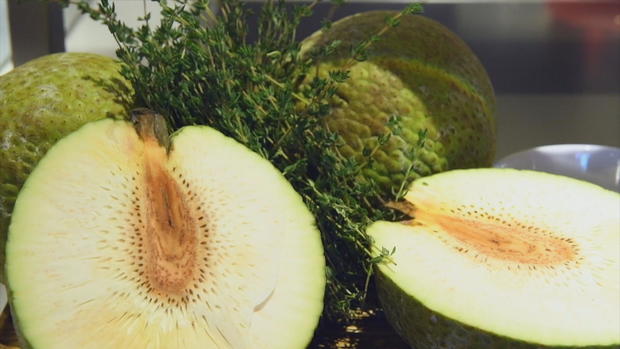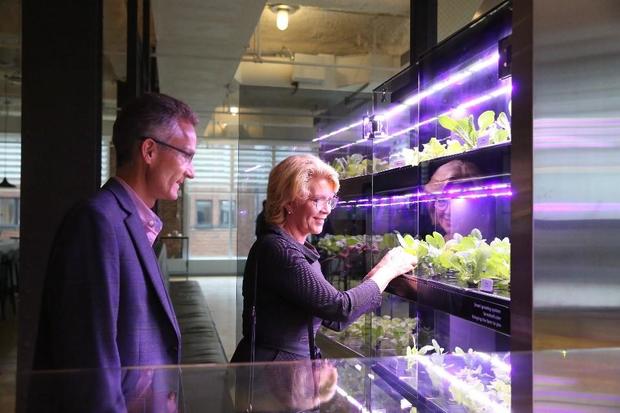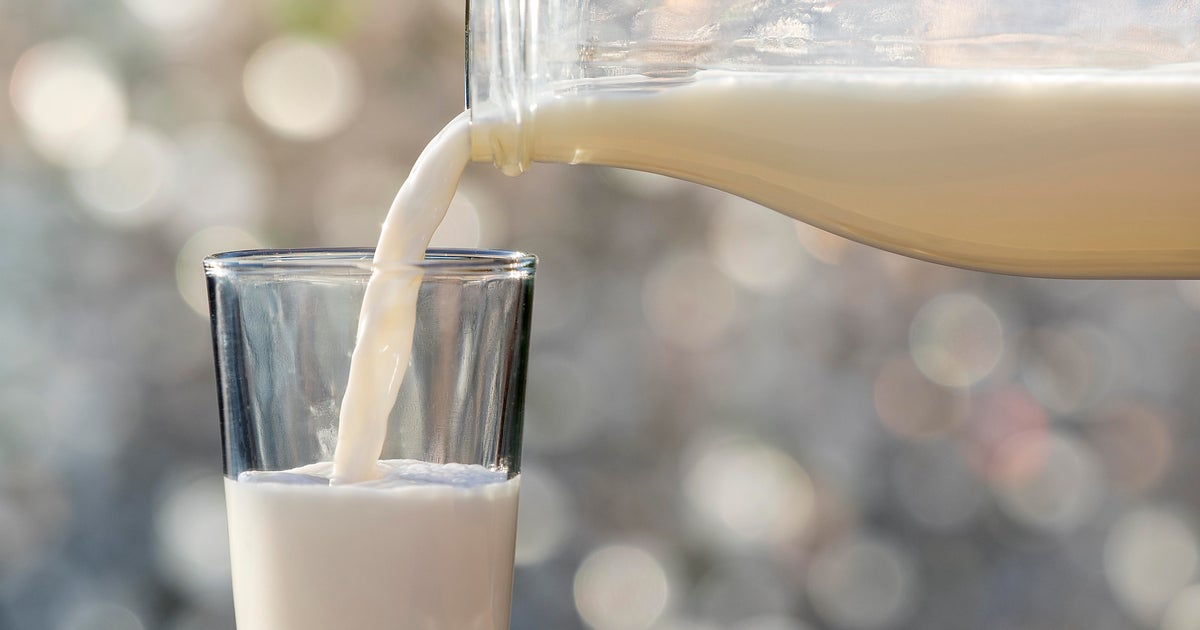Food you've never heard of could end hunger
The term "conservation" may bring wildlife or land preservation to mind. But what about the food we eat?
According to Crop Trust, an international organization working to safeguard agriculture, we only use about 1 percent of available crops to fuel our diets. That could put the future of our food system at risk.
That's why Erik Oberholtzer helped to gather leaders in the restaurant industry last week at Google's New York City office in an effort to encourage a more diverse and delicious future. On the menu was Breadfruit Tikki, Teff Tacos and Fonio Salad.
The ingredients in these dishes may sound strange, but Erik Oberholtzer thinks they could be the next big thing.
"There was a time that we can remember, maybe 10 or 15 years ago, where nobody knew what quinoa [was]. Now it's everywhere. Acai was this esoteric berry from the Amazon. Now there are a whole concept called acai bowl," said Oberholtzer. "So, we believe that we're going to present the next acai, and next quinoa tonight and you'll see in the next five years teff, fonio or breadfruit might be everywhere, and that would be a great success."
Oberholtzer found success by focusing on sustainability at the restaurant chain, Tender Greens.
Now he wants his fellow chefs to introduce more diverse ingredients -- a way to ensure food security for the future. That's why Oberholtzer helped to cook up the Food Forever Experience NYC, featuring overlooked fruit, vegetables and grains. His partner was Marie Haga, the executive director of Crop Trust.
"So you two believe that we can end hunger with the crops and the food that we have now?" asked DeMarco Morgan.
"More than 50 percent of the food we eat comes from 4 crops. Twelve crops stand for 75 percent of our food, and five animals, actually," said Haga. "This makes us extremely vulnerable. So one of the things that we are trying to do now is to introduce more diversity into this food system."
"Every one of us has an opportunity three times a day to participate in this movement," said Oberholtzer. "And part of who and what we are it can be also told through the story of our seeds and the plants and the influences of all these ingredients. So there's this magical world to discover."
Much of that magic is rooted in the past. A hydroponic system fitted with grow lights brought butter lettuce from France from the year 1775, and other ancient greens, into the 21st century.
Crop Trust guards about one million varieties of seeds in a mountain in Svalbard, Norway. The doomsday vault is the back-up for 1,700 seed banks worldwide, in the event of some future apocalypse.
According to Crop Trust, there are 30,000 edible plant species, but we only eat about 150 of them. Many of those forgotten crops have high nutritional value and are resilient, even in the face of climate change. Tepary beans, for example, have been grown by farmers in the southwest for centuries and are one of the most drought-tolerant foods in the world.






